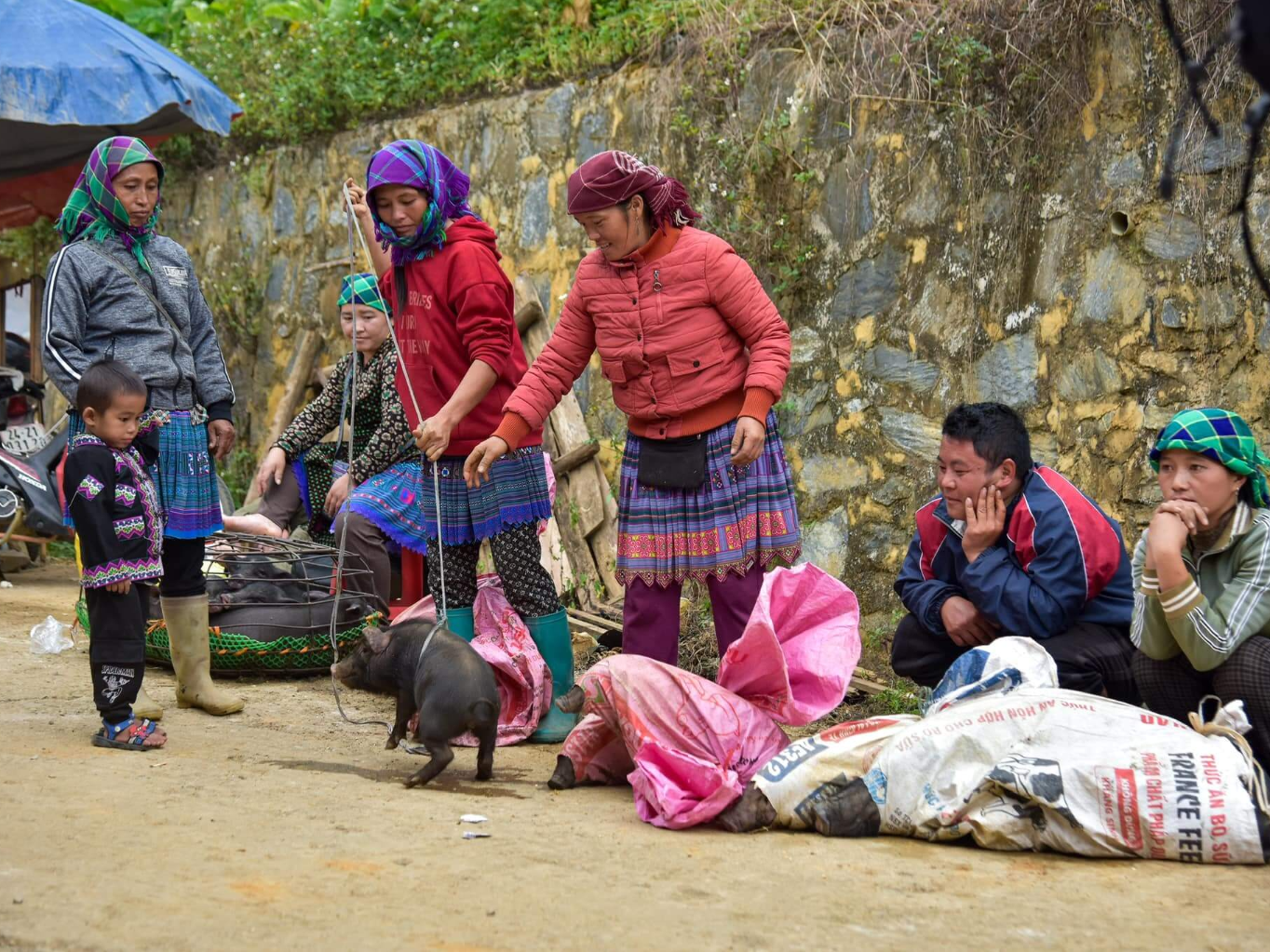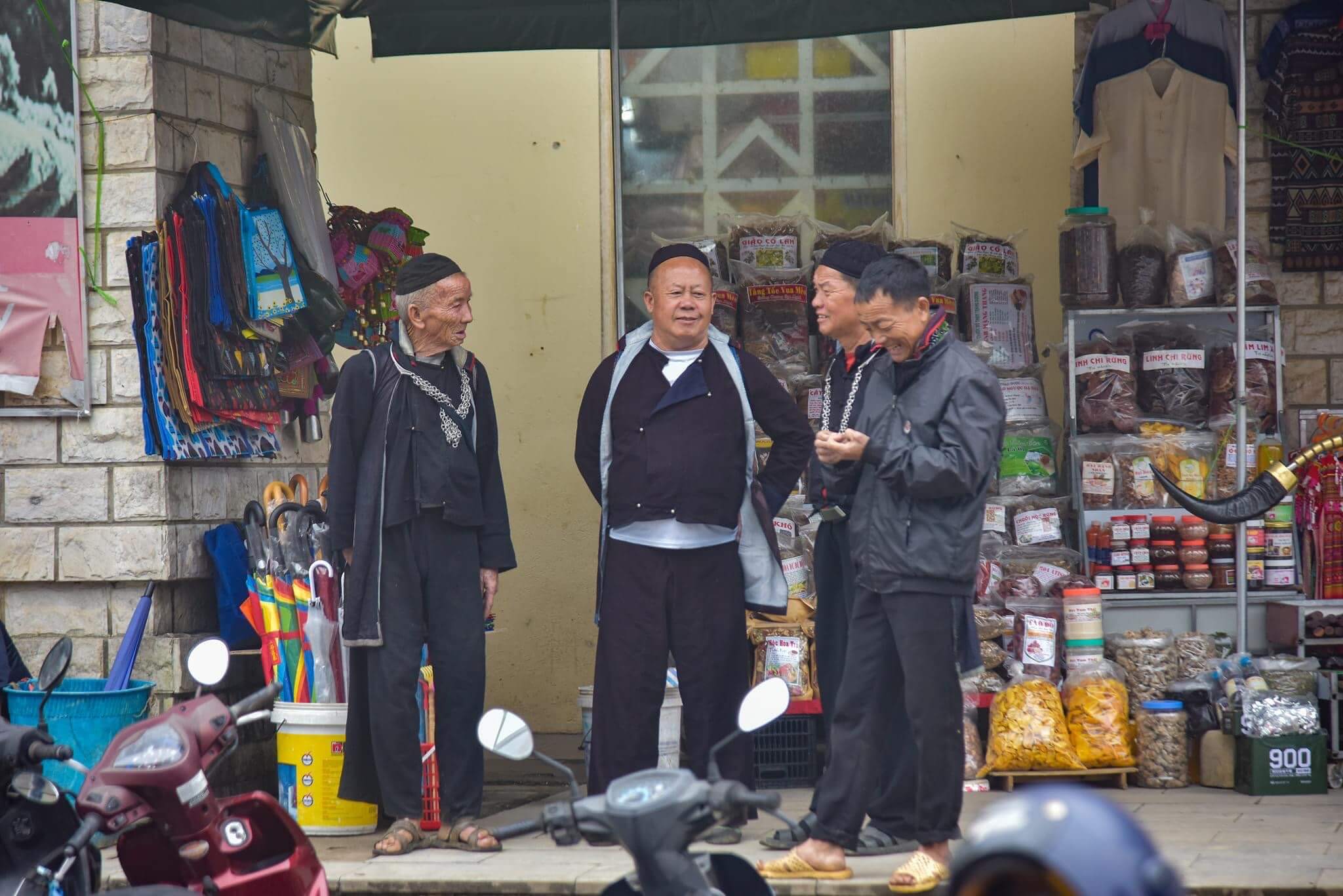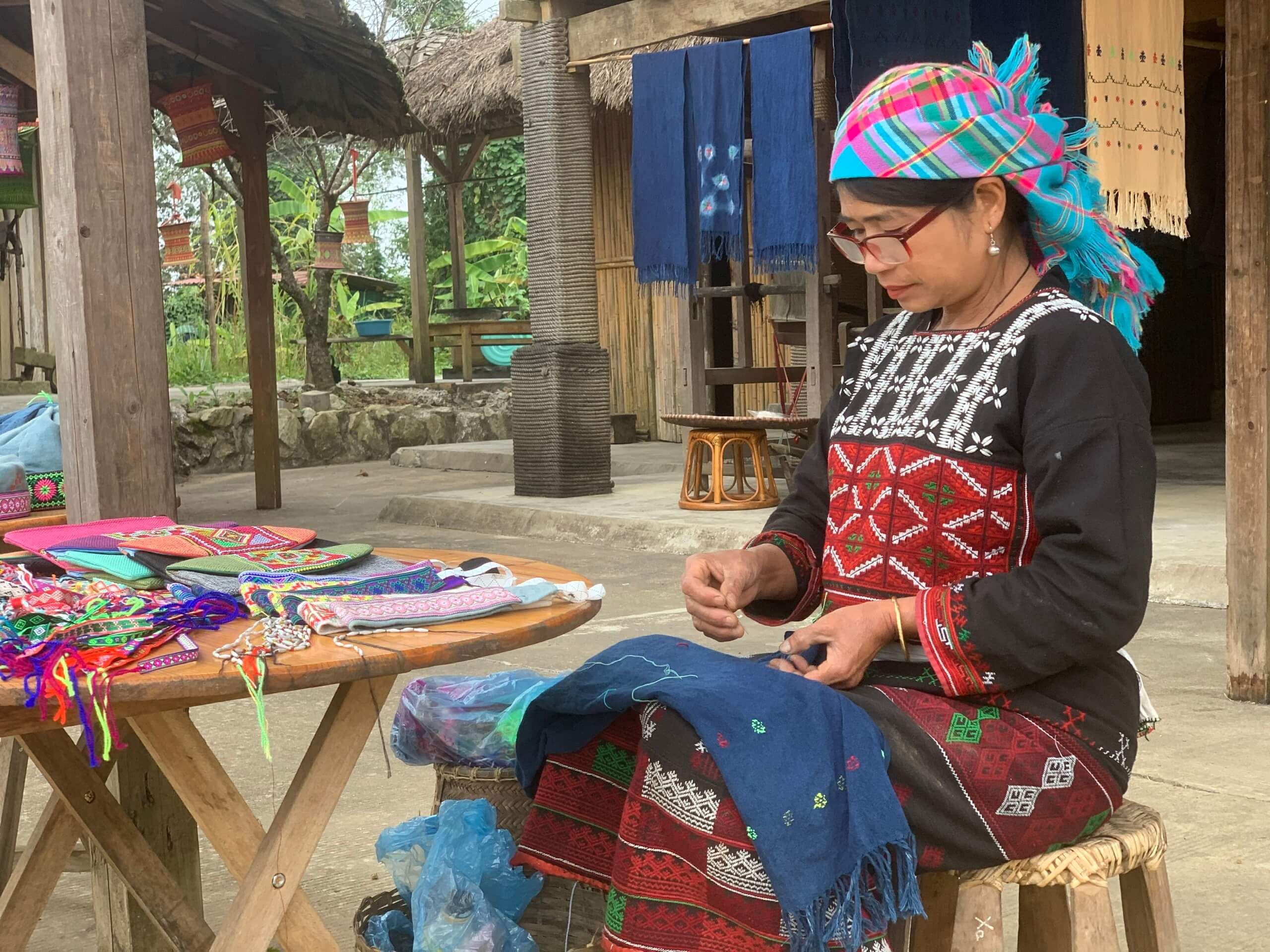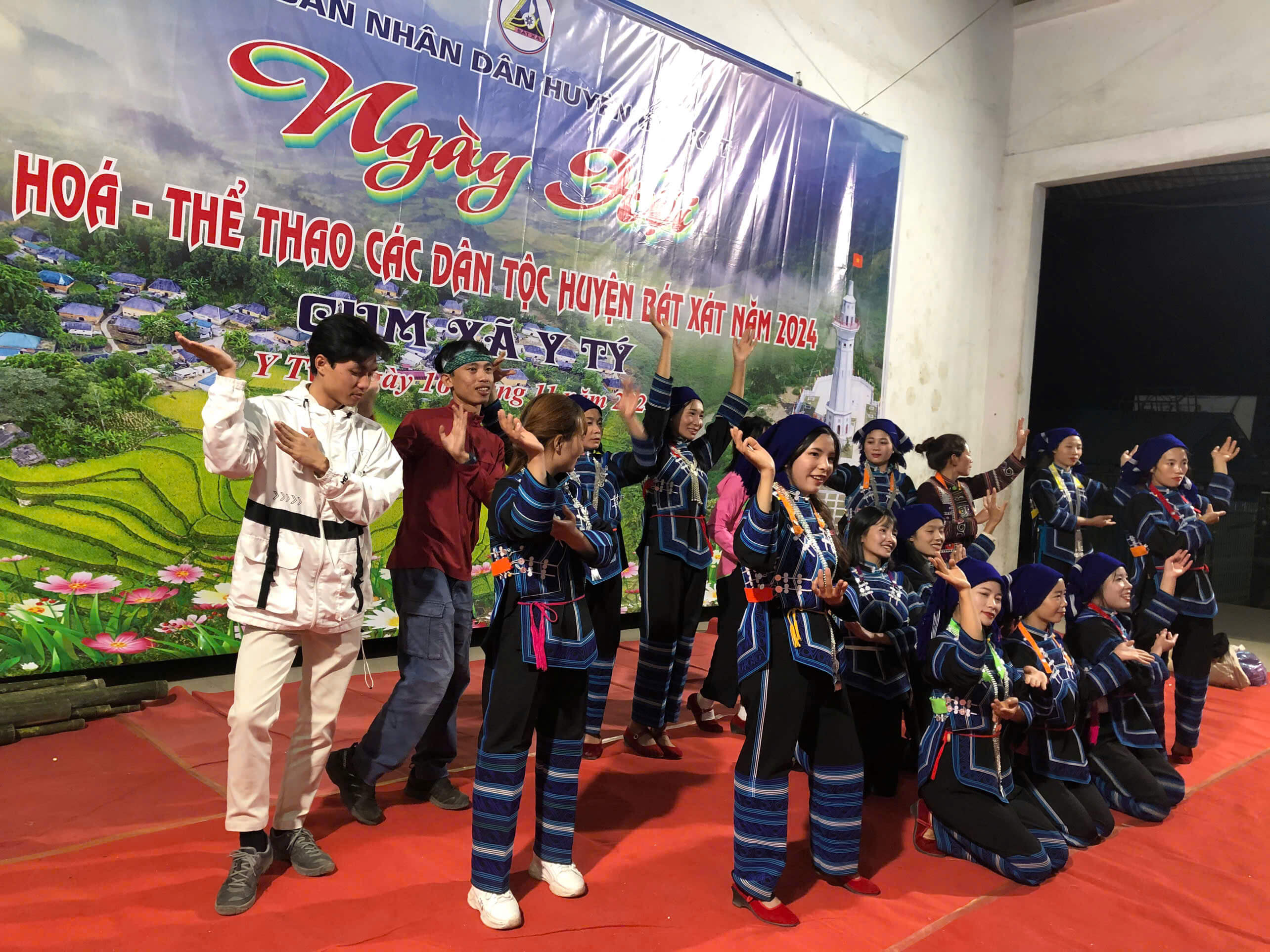- You are here:
- Home »
- About Sapa »
- The process of formation of ethnic groups residing in Lao Cai
The process of formation of ethnic groups residing in Lao Cai
The province is situated along the border with China, which has contributed to the complex historical and cultural dynamics that have shaped its ethnic landscape. The process of the formation of ethnic groups in Lao Cai is deeply intertwined with geography, history, migration patterns, and socio-economic factors.

1. Geographic and Historical Context
Lao Cai is characterized by rugged mountainous terrain, which has played a crucial role in the development of its diverse ethnic groups. The province’s location along the border has made it a crossroads of cultural exchange and migration. Throughout history, the region has witnessed various waves of migration from neighboring countries such as China and Myanmar. These migrations have been driven by both natural factors, like the search for fertile land, and historical events, including conflicts, dynastic changes, and trade routes.
The ethnic composition of Lao Cai has been influenced by various dynasties and political systems, such as the feudal kingdoms and the early Vietnamese state. The Vietnamese state, historically concentrated in the lowlands of the Red River Delta, expanded into the mountainous regions through military campaigns and the settlement of agriculturalists. Over time, these lowland populations interacted with and absorbed different ethnic groups living in the highlands.

2. The Role of Migration and Interaction
One of the primary factors in the formation of ethnic groups in Lao Cai has been migration. Several ethnic groups in the region, including the Hmong, Tay, and Dao, have origins in other parts of East Asia, particularly China. These groups migrated southward into Vietnam, driven by land pressures, the search for new economic opportunities, or fleeing from conflict in their home countries.
For example, the Hmong, who make up a significant portion of Lao Cai’s population, are believed to have migrated from southern China to Vietnam over several centuries. They settled in the mountainous regions of Lao Cai, where they developed distinct languages, customs, and traditions. Similarly, the Tay and the Nung, who are also prominent in the province, trace their roots to northern China. These ethnic groups brought with them agricultural practices, such as rice and maize cultivation, which have become integral to the local economy.
The migration of these groups was not a one-way process. The region’s history of political turmoil, such as wars between different dynastic states, also led to displacement and the formation of new communities. For example, during the Ming Dynasty in China, many Chinese people sought refuge in the border regions, including parts of Lao Cai, where they established settlements.
As these different ethnic groups interacted, they exchanged cultural practices, languages, and technologies. Over time, this led to the development of unique local identities. However, while there was cultural interaction, each group also sought to maintain its distinct traditions, leading to the vibrant ethnic diversity seen in Lao Cai today.

3. The Influence of Trade and Economy
Trade, both with neighboring regions and within the local context, has been another significant factor in the formation of ethnic groups in Lao Cai. The province’s proximity to China and its location along important trade routes meant that various ethnic groups participated in commerce, which facilitated cultural exchange and intermarriage. The Tay, for instance, have historically been involved in trade, particularly in timber and medicinal herbs, which they exchanged with the Chinese and other ethnic groups.
The economic activities of different groups also played a role in their development. The Hmong, with their distinct agricultural practices, often engaged in subsistence farming in remote areas of the province, while the Tay and Nung were more involved in wet-rice cultivation and trade. These economic activities helped define the social structures and identities of each group, with many communities being tightly-knit and dependent on traditional agricultural practices.

4. Ethnic Groups in Lao Cai Today
Today, Lao Cai is home to 25 different ethnic groups, with the majority belonging to the Kinh (Vietnamese) ethnic group. However, the province is most famous for its non-Kinh communities, such as the Hmong, Tay, Dao, and Nung, each with its own distinct language, clothing, and customs. These ethnic groups live in the mountainous regions of the province, where they have maintained many of their traditional practices.
The Hmong, for example, are known for their vibrant traditional costumes and their intricate farming techniques, such as terraced rice paddies. The Tay and Nung, on the other hand, are famous for their wooden stilt houses and their rice cultivation techniques, which have been passed down through generations. The Dao are known for their distinctive red clothing and traditional herbal medicine.
Despite their differences, these ethnic groups in Lao Cai share common cultural traits, such as a reverence for ancestors, a strong connection to the land, and a rich tradition of folklore and storytelling. These cultural practices have been passed down through generations and continue to shape the identity of each group.
5. The Role of Government and Modernization
In recent decades, the Vietnamese government has promoted policies aimed at improving the socio-economic conditions of ethnic minorities in Lao Cai. These policies have included investments in education, infrastructure, and healthcare. At the same time, the rise of tourism in the region has introduced new economic opportunities, allowing ethnic groups in Lao Cai to share their cultures with a wider audience. However, this has also led to challenges related to cultural preservation, as modernization and external influences begin to impact traditional lifestyles.
Conclusion
The formation of ethnic groups in Lao Cai is a multifaceted process shaped by migration, historical events, economic activities, and cultural exchange. The province’s rich ethnic diversity is a result of centuries of interaction among different groups, each contributing to the region’s unique cultural mosaic. As Lao Cai continues to develop, the challenge will be to balance modernization with the preservation of the cultural identities that have been cultivated over generations.
Thanh Tuan
About the Author Sapa Tourism Office
Popular posts


